
This cell phone picture has generated some level of debate. Many people believe this picture—taken right here in the DFW Metroplex—is of a Mountain Lion. Others disagree. Because of this contention, I wanted to present a full analysis to show what kinds of things we look for when we get a Mountain Lion report like this one.
It is easy to see why this picture has generated the excitement it has. At first glance, the animal in this picture does look an awful lot like a Mountain Lion. The resemblance is strong enough that a closer inspection is merited.
This picture was taken in a typical North Texas residential subdivision. The yard is small and the amount of landscaping is conservative. The thing that makes this situation intriguing is that the neighborhood is located in the northern reaches of the metroplex, and it is adjacent to many expansively wild and undeveloped areas. The surrounding area has the resources to make it a good candidate area for a transitory Mountain Lion sighting. The people who took the picture stated that it was of a “bobcat/mountain lion/big cat,” so we will take that under advisement as we do our analysis.
The photograph appears to show some kind of animal peeking out from behind a bush. Only its face and shoulders are visible. Most of the body is obscured, with the legs and tail completely hidden from view. Unfortunately, there just isn’t enough information in the image to make a positive identification from the picture alone.
Zooming in on the photograph doesn’t help much. A close up look reveals that the picture quality is not quite what we might hope it to be. The facial features are indistinct. The eyes are just a blurry suggestion. The mouth and nose are difficult to discern. It’s hard to be certain whether there is intervening vegetation influencing the interpretation of the image.

A little more clear—but still not sharply rendered—are the ears. Some hints of the creature’s general coloration are also present. Shades of gray, orange, black, and white seem to be visible. Despite all of this a positive identification still isn’t possible at this point.


So, now we need to look for additional clues. By examining the area around the animal we may be able to make some judgments about its size.
There are a couple of things that might help. The landscaping trim is of a known size and can be judged to be extending above the ground 3 inches or so. The patio railing in the background is also of predictable size. The balusters are likely 3 feet tall with a 2-inch by 2-inch base. With this info we can pick a spot just in front of the landscaping trim and mark a three foot height. We will use this scale as we continue the analysis.
The tree trunks in the picture belong to crepe myrtles. And while it is difficult to gauge the diameter of the trunks from the context of the picture, just knowing they are crepe myrtles limits the possibilities, and is therefore important to recognize.
Perhaps the best indicators of scale are the leaves in the landscaping. There appears to be several different types of plants in the mix, but we will concentrate on the best-rendered leaves closest to the subject. We will assume a 2 inch length for the leaves, as that is pretty typical for many common plants used in North Texas landscaping.

Combining all of these factors allows us to confidently size the animal in the picture as roughly comparable to a typical house cat. That alone immediately eliminates a Mountain Lion as a viable possibility.
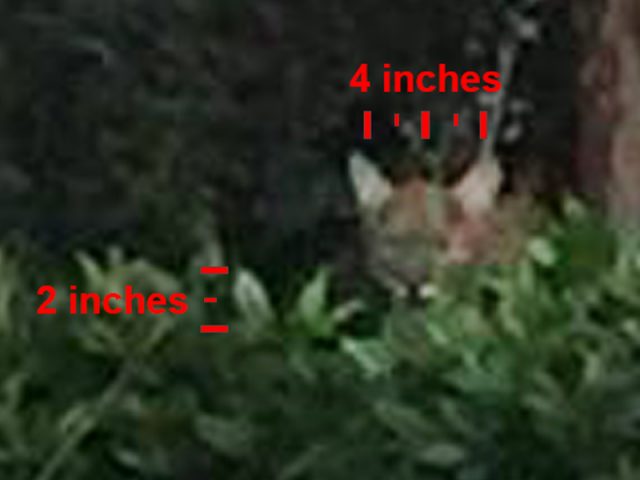
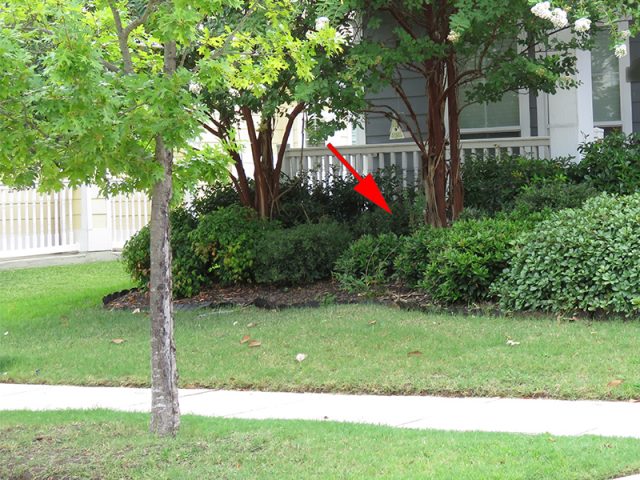
Some might suggest that this animal is small because it is a baby Mountain Lion. But it is important to note that this line of reasoning only takes an already highly unlikely scenario (that there are resident Mountain Lions in the DFW area) and uses it as a foundation for a stack of ever increasingly remote possibilities. The stack questionable assumptions looks something like this…
- There is a single resident Mountain Lion in the DFW metroplex
- There are a pair of Mountain Lions in the DFW metroplex
- A pair of Mountain Lions has mated and produced offspring in the DFW metroplex
- A Mountain Lion cub born in the DFW metroplex has become orphaned
- An orphaned Mountain Lion cub is found in the front yard of a typical North Texas residence
If the foundational assumption is not sound, the assumptions built upon it cannot be either. A baby Mountain Lion is simply not a good explanation for what is shown in this picture. There are better and more likely answers. What we are left with are only three or four good possibilities—A Gray Fox, a Red Fox, a small dog, or an actual house cat. Let’s take a look at how some of these animals would appear if properly scaled for the setting.

I readily admit that I am absolutely uncertain about the true identity of the animal in this picture. But I can offer a guess. When I look closely at this picture, I do not see the clues I would look for to prove a feline face—not even those of a House Cat or a Bobcat. I don’t see a pink nose. I don’t see a Bobcat’s signature cheek ruffs. What I see is a fox’s face.

There is a lot of variability in the shape and coloration of faces from fox to fox as shown in the first image below. The second image shows the animal in question side by side with a clear picture of a Gray Fox. Both faces are marked up in a way designed to highlight the features I believe I am seeing.

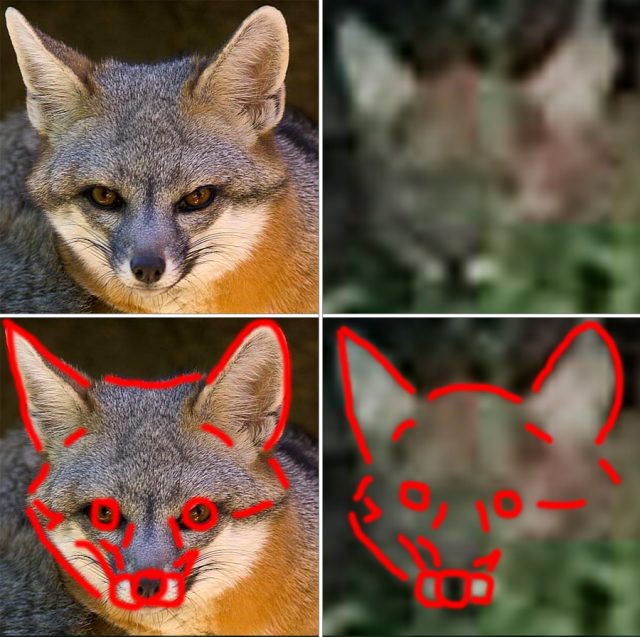
None of this, however, means that I am certain. The picture quality simply will not support an absolutely positive identification. Ultimately, it will be up to you to judge the accuracy of my analysis. Maybe this is a Gray Fox, and maybe it isn’t. But whatever the case, one thing is certain—the search for a verifiable Mountain Lion sighting in the Dallas/Fort Worth Metroplex must continue.


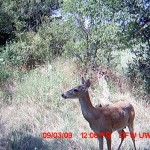



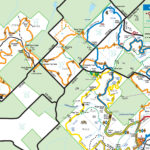
And, foxes are much more common in Dallas than are mountain lions.
Medical students all know the famous saying, “When you hear hoof beats, think horses, not zebras.”
This is a “base rate” phenomenon–lots of foxes, rarely a mountain lion–I’ll go with your grey fox.
Clearbrook
i like your break down analysis on the picture I think your right a fox
When I saw the picture, I thought coyote. Your analysis convinced me that it is more likely a fox. But I wonder why you did not consider the possibility of a coyote? The ears in particular are the part of the image that made me think coyote.
Well, David, once I had the size nailed down to something close to that of a house cat, I felt like that eliminated a Coyote as a possibility. Now that you mention it, though, a juvenile Coyote probably could have been in the mix. But, as I mentioned in the article, trying to get an absolute positive id on the critter is probably more than the picture can support. There’s just not enough info there. Investigating whether this could be a Mountain Lion or not was the primary objective. After that, the rest was just an indulgence.
All of the facial characteristics point to a Mountain Lion. The shape of the face and ears etc. As soon as I saw the image it immediately seemed to me to be a Mountain Lion.
Nice analysis here. My first thought was fox when I saw it. The tall pointy ears were a big clue. I agree, though, that the photo doesn’t provide for a diagnostic ID.
main problem i see with your analysis is you are judging the scale based on a leaf from in FRONT of the animal. objects in front will always appear larger than objects behind them. that coupled with not knowing how far behind the animal is means you really haven’t figured out the scale.
I’ve been to the site, and verified that the animal is essentially on the same plane as the leaf I used for scale. I included a number of pictures that should make the size of the animal abundantly clear. The analysis is good.
I agree with you Chris. Mountain lion simply is not reasonable given the landscaping and the porch structure. Beyond that ……….. ??? Maybe fox (or similarly sized dog with fox like features — some sort of terrier?).
I found this page after googling Grey Fox in North Texas. I just saw something run along the fence behind my apartment in North Dallas and thought it was either a bobcat / mountain lion, or a grey fox. It had a feline face and a dog-like body. Since I saw it run, I watched videos on YT and after watching videos of running animals and seeing other images I’m sure it was a grey fox. Just wanted to add this comment in support of your conclusion.
Love your analysis for accuracy, and thanks for apply some sort of science to your investigations.
That said in 1994 I was driving to work in rain from Kaufman to Ennis on hwy 34 about 6:30 am. As I crossed the old thin trestle Bridge over the trinity (since replaced) I saw a cougar apparently dead on the side of the road on the Ellis county west bound side, it was on the shoulder or what could be called a shoulder that extended about 30 yds beyond the bridge (34 doesn’t have a shoulder per se). I stopped my Honda Civic backed up and drove right in front of it. It was daybreak so my headlights were on though I did not need them. It was a solid tan cougar laid out almost the width of my car with a tail half it’s body length. It was raining hard, I did not get out. I was gonna be late , was in bad graces with my employer (I’m a much better employee now).
I told people I worked with and was ridiculed pretty bad. Even accused of lying. At break I drove back and was gonna put it on the hood of my car if it was still there, but of course it wasn’t. Never heard anything of it, have often thought maybe it was injured and later left on its own or wandered off to die.
These things I know.
1. It was a cougar, who knows what traverses the trinity, it’s not very accessible along its length.
2. If I ever see another, or Bigfoot or an alien. I’ll never tell a soul without physical evidence.
Enjoyed your website.
Oh also, the owner of the company later fired me ( in retrospect I was very hurt but probably deserved it )but must say it led me to be a conscientious industrious employee from then on.
As if you really needed all that